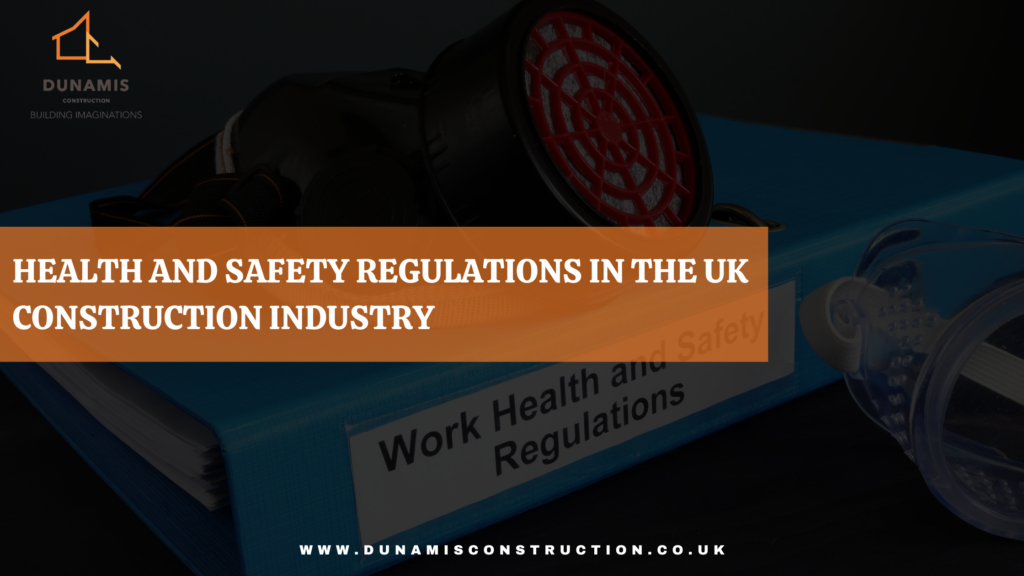The UK construction industry is renowned for its rigorous health and safety standards, ensuring the well-being of workers and the public alike. These regulations are crucial in mitigating risks inherent in construction activities, from building towering skyscrapers to renovating historic landmarks. This blog explores the key health and safety regulations that govern the UK construction sector, highlighting their importance and impact.
Key Regulations include:
1. Health and Safety at Work etc. Act 1974:
-The cornerstone of health and safety law in the UK. It imposes general duties on employers, employees, and others such as contractors and suppliers to ensure health, safety, and welfare at work.
2. Construction (Design and Management) Regulations 2015 (CDM 2015):
Focuses on the management of health, safety, and welfare throughout the construction lifecycle. Places duties on clients, designers, principal contractors, and contractors to plan, manage, and monitor construction projects.
3. Work at Height Regulations 2005:
Provides specific guidance on working safely at height, a significant risk factor in construction. It also requires risk assessments, proper planning, supervision, and equipment.
4. Control of Substances Hazardous to Health Regulations 2002 (COSHH):
Deals with the risks associated with hazardous substances. It demands employers to assess and control exposure to substances, provide information, instruction, and training to employees.
5. Personal Protective Equipment (PPE) Regulations 2002:
Ensures appropriate use of PPE where risks cannot be adequately controlled by other means and makes employers to provide suitable PPE, ensure its proper use, and provide training.
The Impact and Enforcement of these regulations can not be overemphasized as they have helped the UK construction workers and these include:
Health and Safety Executive (HSE): The UK’s regulatory body responsible for enforcing health and safety legislation in the workplace.
Inspections and Audits:Regular inspections to ensure compliance with regulations, issuing enforcement notices where necessary.
Training and Awareness: Emphasis on training programs to educate workers and managers about risks and safety measures.
Penalties:Non-compliance can lead to fines, prosecution, or even imprisonment in severe cases.
As many as the impact the regulatory body may have on the industry, there are also challenges facing them which are:
Changing Technology: Adoption of new technologies brings both benefits and challenges in terms of safety management.
Culture and Attitudes: Promoting a culture of safety from top management to frontline workers is crucial.
Complexity of Projects:Large-scale projects require robust planning and coordination to manage risks effectively.
The stringent health and safety regulations in the UK construction industry play a pivotal role in safeguarding lives and promoting a culture of safety. By adhering to these regulations, stakeholders ensure that projects are not only completed successfully but also with due regard for the well-being of all involved. Continued vigilance, education, and adaptation to new challenges will further enhance safety standards in this dynamic sector.

